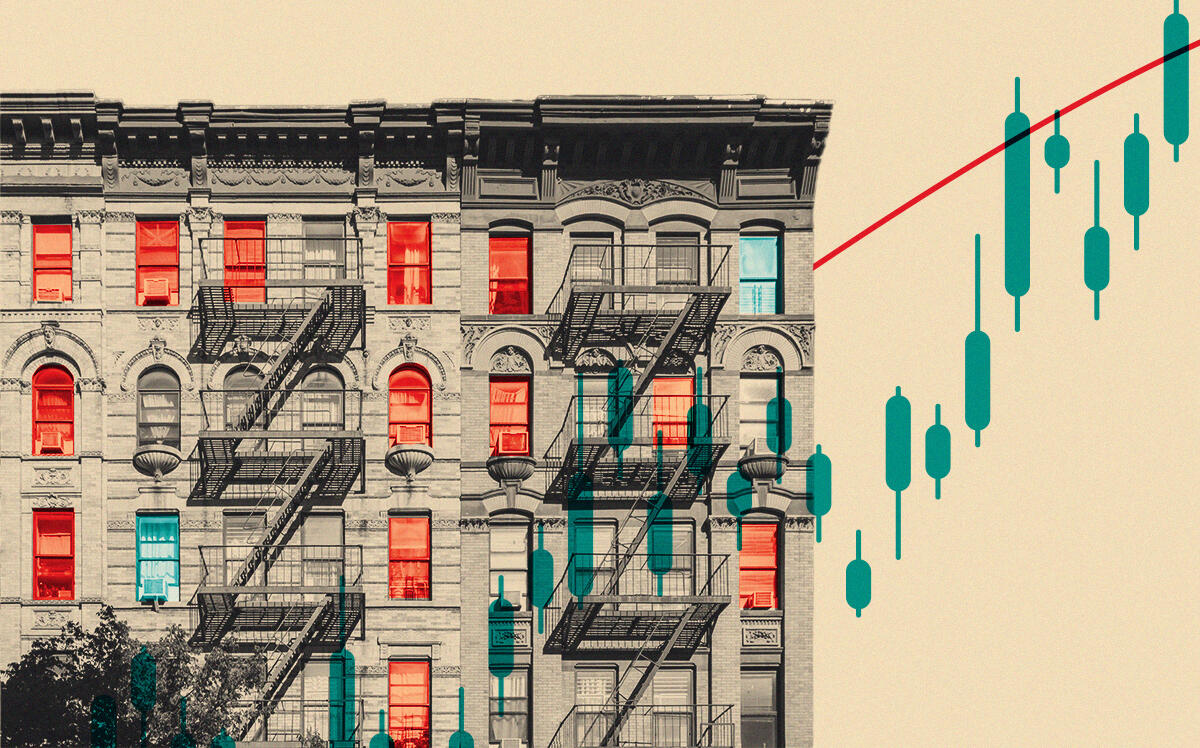 “Barring a recession,” record-breaking NYC rents will keep rising
“Barring a recession,” record-breaking NYC rents will keep rising
Trending
End of Covid rent discounts causes mass migration: StreetEasy
Report shows shift to Brooklyn and Queens as rents plunged, then spiked

As Covid-era discounts came to an end and landlords sought to make that money back, more than a third of available rentals in the second quarter came from priced-out tenants.
On average, rentals that were listed in 2020 or 2021 and relisted in the second quarter had a 20 percent increase in asking rents, according to a report by StreetEasy.
In comparison, rentals that were listed in 2018 or 2019 and relisted in the second quarter of this year were priced only 5 percent higher.
The findings indicate that rents’ steady upward trajectory has continued in the past several years, albeit with a sudden drop and then spike for units that listed during the pandemic.
The report found that rents rose despite a 14 percent increase in available units — to 65,697 — from the previous quarter.
“I think the landlords are still fairly confident that they can fill their vacancies,” said Kenny Lee, a StreetEasy economist and author of the report. The firm noted that it cannot say definitively that tenants who left apartments where rents rose were priced out; it’s possible that some left for other reasons.
Read more
 “Barring a recession,” record-breaking NYC rents will keep rising
“Barring a recession,” record-breaking NYC rents will keep rising
 TRD Pro: Ranking Queens’ top neighborhoods by average sale price
TRD Pro: Ranking Queens’ top neighborhoods by average sale price
 Foreclosures and mortgage delinquencies tick up in June
Foreclosures and mortgage delinquencies tick up in June
In the quarter, StreetEasy listings offering at least one month of free rent dropped to 7 percent of the total, the lowest level since 2015. Around the peak of the pandemic, the number was close to 30 percent, according to Lee.
Manhattan inventory perhaps had the greatest flux. It jumped 33 percent to 31,412 units in the second quarter from the first, and 44 percent of that inventory resulted from tenants being priced out of their no-longer-discounted apartments. The borough made headlines in June as its average rent topped $5,000 for the first time, while the median rent hit $4,050.
Some renters have fled to the outer boroughs, primarily Queens and Brooklyn, for more affordable housing.
The number of available units in Queens dropped 9 percent, to 8,984, from the previous quarter. The median asking rent in Queens rose to $2,600, a 13 percent jump from the end of the first quarter and the highest ever recorded by StreetEasy.
In Brooklyn, rental inventory rose 5 percent to 23,130 from the first quarter, but was still down 48 percent from what was available a year ago. Median asking rent also climbed, reaching $3,200, up 12 percent from the first quarter.
“The rentals are becoming increasingly unaffordable, but the people still have to live somewhere,” Lee said. “And that leads to really cascading deterioration in affordability in Queens in Brooklyn.”




